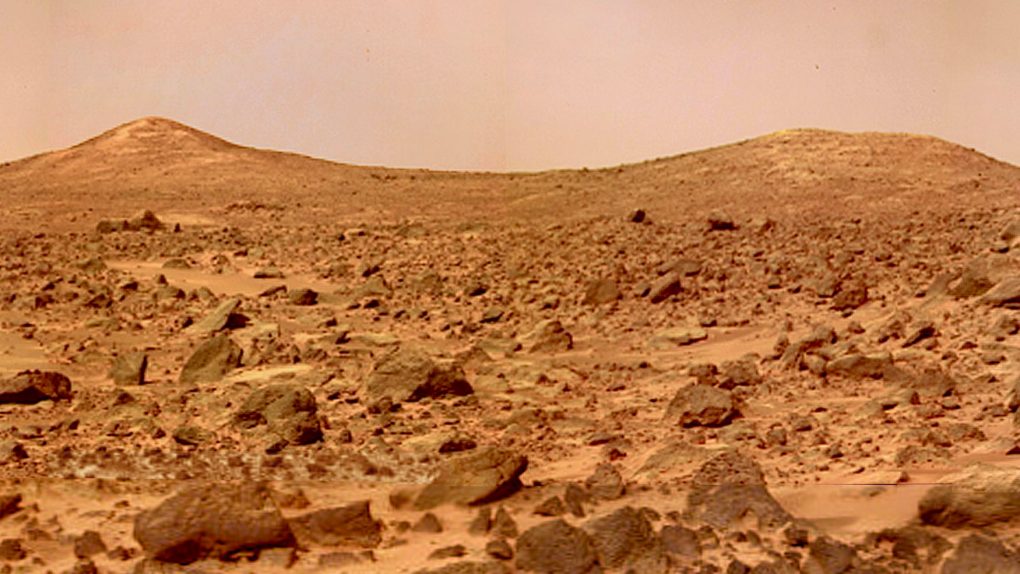- NASA says it’s ready to begin the long process of eventually sending samples of Mars back to Earth.
- An independent review gave NASA the thumbs up and says it appears to have everything it needs to begin the decade-long project.
- Eventually, samples collected by the Perseverance rover will be shot into space, collected by an orbiter, and then brought back to Earth.
NASA has explored Mars more than any other agency or scientific group on the planet. With multiple rovers, orbiters, and probes chilling out on the Red Planet, NASA’s hard work has revealed more about Mars than we could ever have hoped to know… but it’s not done yet. Ahead of the eventual crewed missions to Mars, NASA wants to be able to study material from the planet’s surface here on Earth, and doing so is a complicated endeavor.
The Mars Sample Return campaign will begin in earnest once the Perseverance rover arrives on the planet, and a recent independent review reveals that the agency is indeed ready to begin the “campaign to bring pristine samples from Mars to Earth for scientific study.”
The first step in the Mars Sample Return project requires the Perseverance rover to perform a safe landing on the planet and ensure that all of its hardware is working as intended. Eventually, the rover will snatch samples of the planet’s surface and then secure them in containers that will eventually be sent back to Earth… but how will that happen?
The current plan is to send a mission to Mars specifically to send the Mars samples back to Earth. The still-in-development Mars Ascent Vehicle will travel to Mars and establish itself as a one-stop launch shop for firing the sealed samples from the surface. A “fetch” rover built by the ESA would travel around and collect the samples that Perseverance previously prepared, delivering them to the MAV for their trip back to Earth. The MAV would then fire them into Mars orbit where an orbiter would collect them and eventually travel back to Earth with the samples safely stowed away.
“NASA is committed to mission success and taking on great challenges for the benefit of humanity, and one way we do that is by ensuring we are set up to succeed as early as possible,” NASA’s Thomas Zurbuchen said in a statement. “I thank the members of this board for their many hours of work resulting in a very thorough review. We look forward to continued planning and mission formulation in close partnership with ESA. Ultimately, I believe this sample return will be well worth the effort and help us answer key astrobiology questions about the Red Planet – bringing us one step closer to our eventual goal of sending humans to Mars.”
It’s pretty exciting stuff, but we’re not quite to the point where we can begin planning for the samples to be returned. Even if everything goes as planned, it likely won’t be until the 2030s that the samples are ready for transport back to Earth. When they arrive, however, you can bet scientists will be very excited to study them.








